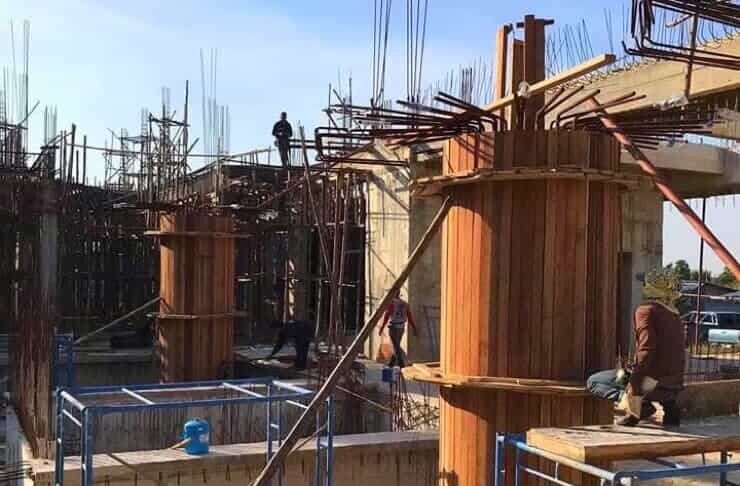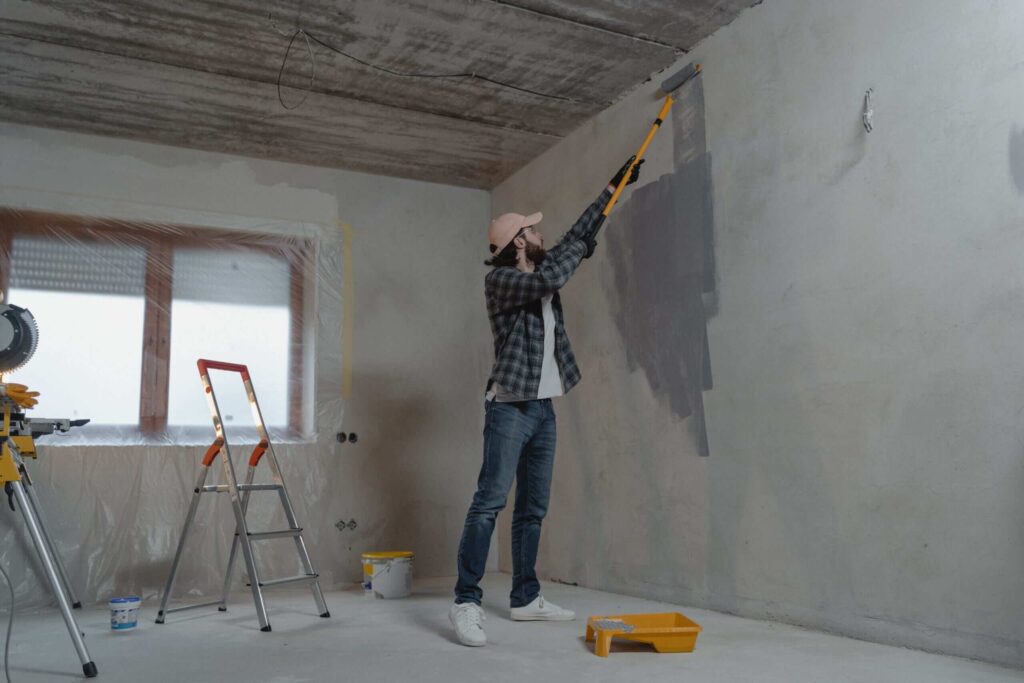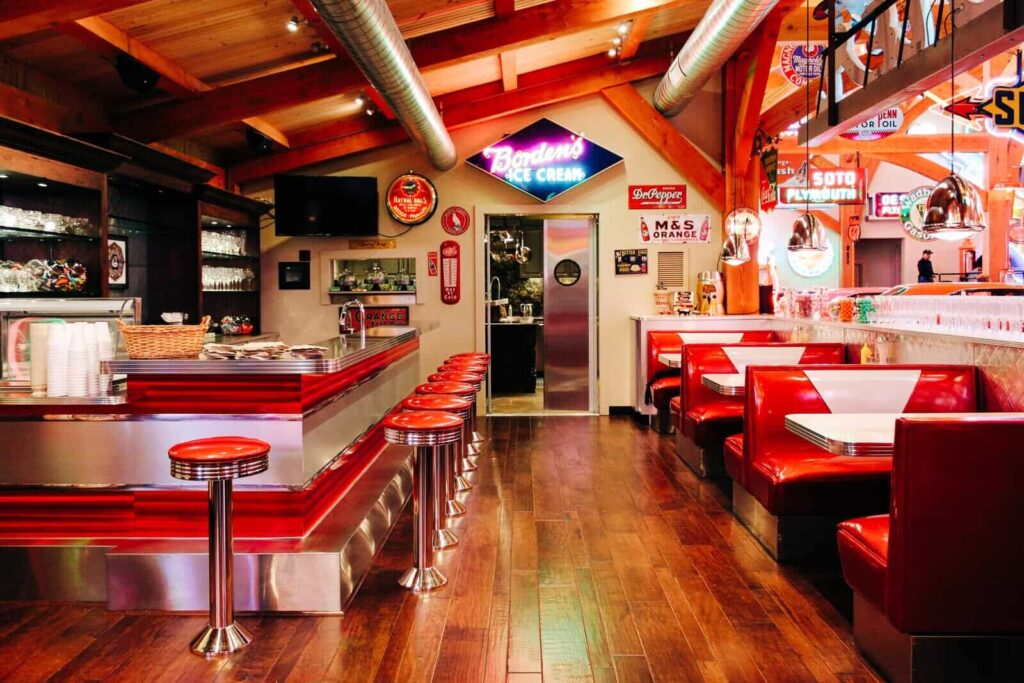


The main reason a building needs restoration is that it has been damaged somehow- either through neglect, natural disaster, or vandalism. There are two distinct types of buildings that might need restoration, and it is imperative to understand the difference between the two.
Firstly, there is a historic building; secondly, an old or otherwise damaged building.

Historical buildings are buildings that have some kind of historical value. For example, they serve as landmarks, hold cultural significance, or are architectural heritage icons. Therefore, when considering the restoration of historic buildings, we need to be aware of a building’s original purpose and whether that purpose has changed over time.
If a historic building is being restored, then it is a given that it is currently intended to serve a purpose. If not, the restoration will likely be in vain as historical buildings without purpose can quickly fall into disrepair.
Historical preservation, therefore, is reliant on continued use of the historic property by future generations.

It is implausible that a single entity will restore historical buildings alone. There will usually be several parties involved in the process.
A town or district will likely have a historical society that takes great interest in historic preservation, including renovating and restoring historic properties and other historic structures. Some cities and districts have rich historic character, in which case restoring historic buildings, and caring for them, will be a priority for local government and local organizations.
Regardless of which organizations are involved in restoring historic buildings, it is a project that cannot succeed without contractors or developers.
Contractors or developers involved in historic structure preservation and restoration projects will need to understand the original building, its purpose, and historic fabric that might need to be repaired or replaced. They also need to be aware of potential health risks in using historic materials; for example, it was pretty popular to use lead paint during a specific time period.

Some historic buildings are already built-in historic districts that are filled with rich architectural features and have marked architectural significance. Therefore, funding sources for building restoration of a historic building in these districts are often more readily available than outside of these districts because of their apparent historical significance.
It is also common for some historical event to have taken place in these districts, which will further bolster attempts at preserving these historical elements.

Although the most popular preservation and renovation efforts are often aimed at a historical building, it is not uncommon for other historic places such as monuments or parks to require historic restoration. In all of these cases for historic restoration, it is best to get involved early and initiate a restoration project before it is too late.
Local historians or other community leaders are at the forefront of these efforts.


A historic building is not the only type of building that might require building restoration. Some buildings that require building restoration are not in historical places or cannot be classified as historic buildings.
A restoration project can be implemented for several reasons, the most prevalent being; neglect by past owners or poor quality materials used when building a structure. In some cases, it could just be associated with old structures that were not adequately cared for. It is unlikely for such a project to receive funding from an external source.
These structures are often purchased for restoration or repurposing, either because the remains are still structurally sound and can be used as a foundation for a new project or the project is situated in the desired location.

Many old structures may have been abandoned over time and purchased at reduced costs to be restored to their original form or renovated to get a new life for adaptive reuse. However, we are quickly running out of space in the modern world as cities continue to expand rapidly, so we cannot afford to let old buildings go to waste.
More and more organizations are raising awareness of overpopulation and the risk of letting old buildings fall to ruin and take up space that can otherwise be utilized more efficiently.
These days proposed changes to existing city designs most likely involve restoring old properties, which may or may not include a damaged building on the property. Such projects are also most often environmentally friendly and therefore garner more support from the community.
The maintenance of infrastructure within cities is essential at this point.

As much as it is most often an old building that would require restoration, it is not unheard of for a newer structure and property to need some repair.
In some cases, it might be necessary to use the original materials that were first incorporated into the design. Still, new materials might also be required in other cases, depending on the sourcing of original material and the extent of damage to a building.
When restoring a damaged building, a contractor needs to assess whether the building is still structurally sound before deciding on whether it can be restored or whether it needs to be rebuilt from scratch. This process will likely involve the services of code officials so that the property or building can be accurately inspected to avoid any structural failures in the future.

The restoration process would greatly depend on several factors. Firstly, suppose a building is a historic building. In that case, the process will be entirely different, as historic buildings are often overseen by a nonprofit organization or another party, making sure that the historic building receives the appropriate treatment.
If restoration is just being done on an old building or property, it is unlikely that the process will be overly complicated and could essentially be completed reasonably quickly.
There might be some hoops to jump through with a historic building before restoration begins. Therefore, restoration of a historic building can take quite some time. There is also an expectation of increased care that needs to be taken when working on a historic building as some of it might be pretty fragile, and mistakes can be catastrophic. A community’s historical value may depend on the successful completion of such projects on a historic building.
Depending on where financial assistance in such restoration projects came from, it might also be necessary to provide feedback to private foundations who might have made a private investment for tax incentives or genuine concern.
Restoration of another old or damaged building is far less complicated.

When doing any kind of restoration to buildings, keeping the environment in mind is essential. Natural and sustainable resources are always the more desired option for building restoration.
However, when working on a historic building, you might need to balance using a natural resource or preserve original material. The building’s historical elements might override environmental concerns unless significant factors support replacing such components with natural counterparts.
